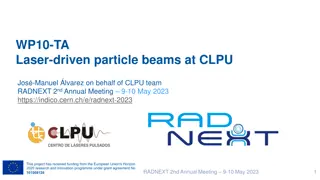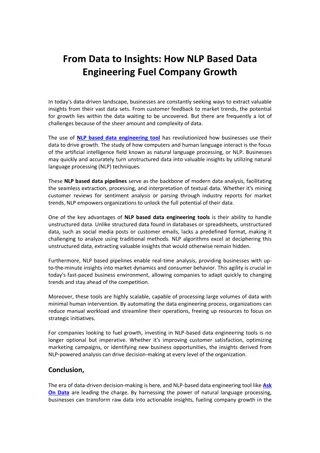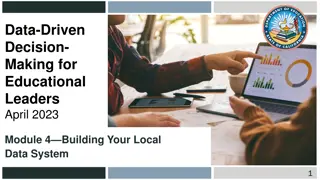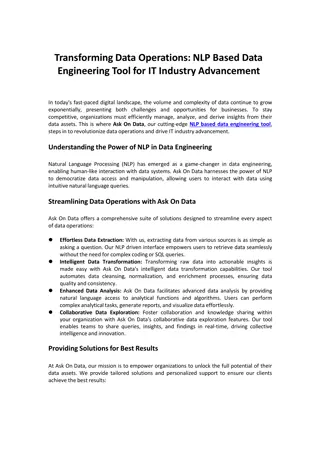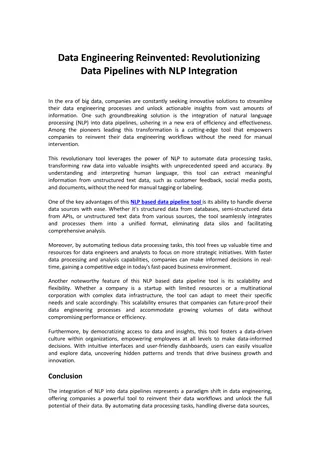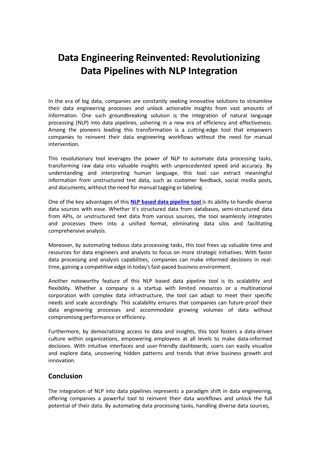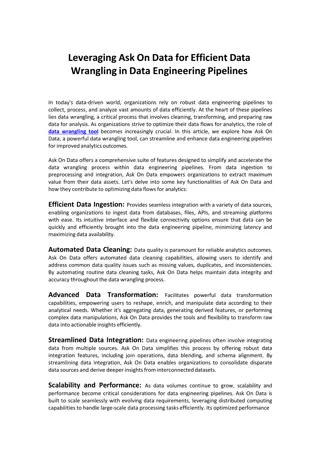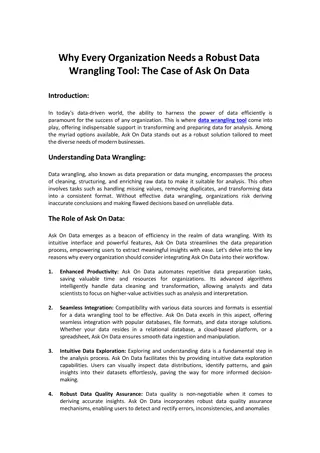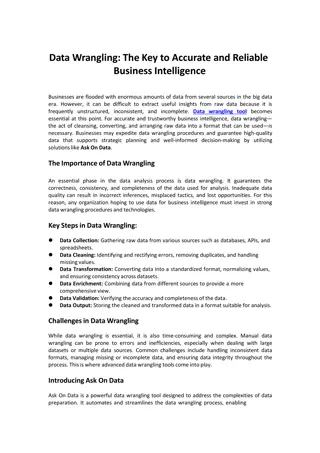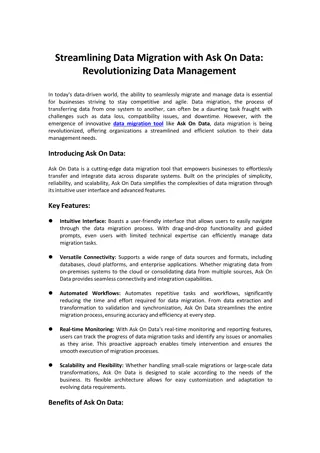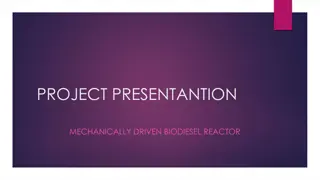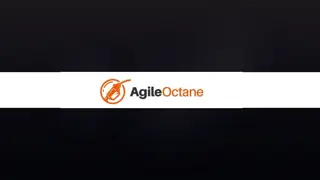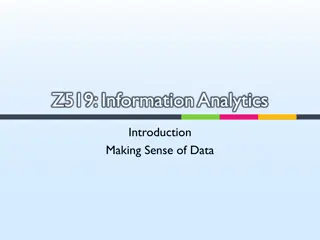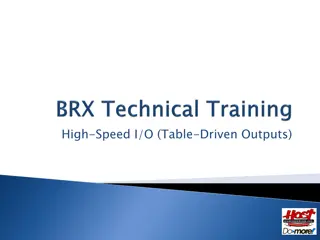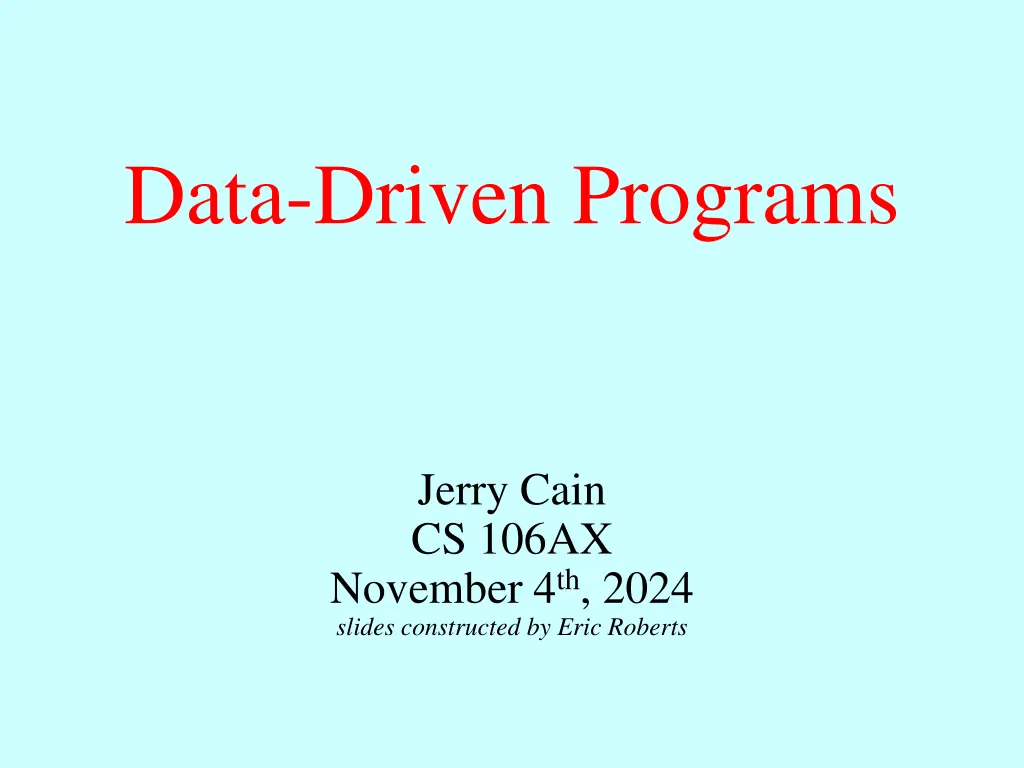
Understanding Data-Driven Programs for Efficient Application Design
Explore the concept of data-driven programs in programming languages, focusing on designing applications with data structures for enhanced manipulation and efficiency. Learn how to create a teaching machine using internal representations and external-to-internal form conversion.
Download Presentation

Please find below an Image/Link to download the presentation.
The content on the website is provided AS IS for your information and personal use only. It may not be sold, licensed, or shared on other websites without obtaining consent from the author. If you encounter any issues during the download, it is possible that the publisher has removed the file from their server.
You are allowed to download the files provided on this website for personal or commercial use, subject to the condition that they are used lawfully. All files are the property of their respective owners.
The content on the website is provided AS IS for your information and personal use only. It may not be sold, licensed, or shared on other websites without obtaining consent from the author.
E N D
Presentation Transcript
Data-Driven Programs Jerry Cain CS 106AX November 4th, 2024 slides constructed by Eric Roberts
Data-Driven Programs In most programming languages, data structures are easier to manipulate than code. As a result, it is often useful to design applications so that as much of their behavior as possible is represented as data rather than in the form of methods. Programs that work this way are said to be data-driven. In a data-driven system, the actual program (which is usually called a driver) is typically very small. Such driver programs operate in two phases: Read data from a file into a suitable internal data structure. 1. Use the data structure to control the flow of the program. 2. To illustrate the idea of a data-driven system, most of this lecture focuses on writing a "teaching machine" of the sort that information technology pioneer and author Ted Nelson discusses (mostly critically) in his book, Dream Machines.
The Course Data File In the teaching machine application, the course designer who is an expert in the domain of instruction and not necessarily a programmer creates a data file that serves as the driver. The general format of the file is shown on the left, and a specific example of a question and its answers appears on the right. RemQ1 What is the value of 17 % 4? a. 0 b. 1 c. 3 d. 4 a: RemQ2 0: RemQ2 b: PrecQ1 1: PrecQ1 c: RemQ2 3: RemQ2 d: RemQ2 4: RemQ2 identifying name for the first question text of the first question response1: name of next question response2: name of next question response3: name of next question . . . . . . other question/answer entries . . .
Choosing an Internal Representation The first step in building the teaching machine is to design a set of classes that can represent the data and their relationships in the file. All relevant data should be accessible from a single structure that contains all relevant information in a nested series of classes. array of strings course TMCourse questions TMQuestion name text answers string name name question
Converting External to Internal Form DivQ1 What is the value of 3 / 2? ----- 1: DivQ2 1.5: DivQ4 *: DivQ3 DivQ2 The / operator produces floats. What is the value of 9 / 3? ----- 3: DivQ2 3.0: DivQ4 *: DivQ3 DivQ3 What is the value of 5 / 4? ----- 1.25: DivQ4 *: DivQ2 DivQ4 What is the value of 9 // 4? ----- 2: EXIT *: DivQ1



